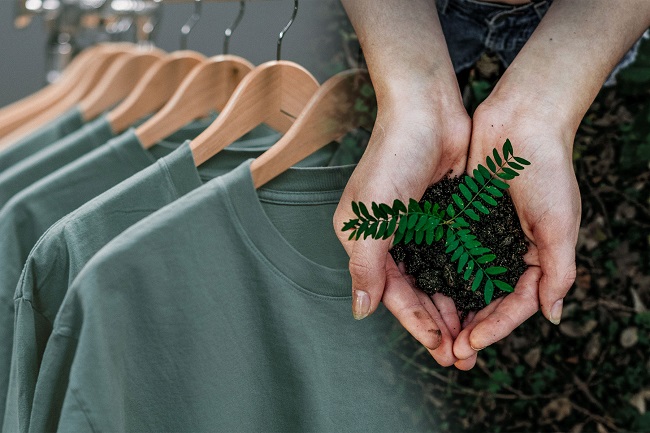The question of fashion sustainability and brand ownership has long been incongruous. Because being eco-friendly is the primary goal of fashion sustainability. Nowadays, designers are expected to include sustainability into their brands.

This article’s goal is to demonstrate how sustainable fashion runs counter to the beliefs of modern fashion firm owners and how designers might contribute to the establishment of an environmentally conscious company that promotes sustainability. I will be concentrating on two topics for this article: the effects on the environment and society.
In terms of environmental impacts, sustainable fashion informs us about the ways that materials and textiles used to make clothing and then discarded have an impact on the environment, leading to waste and needless pollution. It also advises us to cut back on the production of clothing in order to lessen the waste of textile materials.
The environmental effects of the fashion business, which are linked to excessive waste, deforestation, and water pollution, can also be lessened by sustainable fashion. As designers, we are constantly developing, and it is impossible to avoid having elements omitted from production, particularly when we are striving to improve a sample or put out a design.
Using sustainable materials, such as organic cotton, recycled polyester, and natural fibers like linen and bamboo, allows us to responsibly contribute to the environment. Compared to synthetic materials, these materials are more environmentally friendly and frequently have a less carbon impact.
Simply said, Social Effects advocates ethical manufacture, fair labour methods, local sourcing to boost local economies, and safeguarding the workers who make these clothes by ensuring they are not underpaid and have good working conditions. Following the Rana Plaza tragedy in 2013, the problem of working conditions and the general social impact of the apparel business were brought to light.
We may contribute to society by advocating for improved working conditions for these employees and high-quality clothing production to prevent consumers from being forced to throw away their purchases. As entrepreneurs, the most crucial way to promote sustainable fashion is to have an eco-friendly brand and spread the word through the products we make.
For instance, recycling is a major component of sustainable fashion, so as designers and producers, we need to make sure our final products are long-lasting, use more eco-friendly packaging, and, finally, use designs to spread the word. “Eco-designs” spreads a sustainable message so that customers understand and can do their part.
In conclusion, the concept of “buying less” is the most contradictory because, as designers and brand owners, we are always creating, producing, and selling, but we must also continue to work to promote sustainability – and, most importantly, play our part by working with manufacturers, media outlets, and other designers to effectively address the effects of production processes and consumption patterns.
As designers, we must satisfy consumer demands for comfort, style, quality, and value while minimising environmental and social impacts.
By Ayanfe Stephen Simire

This is a must read by all stakeholders in the fashion industry and also the end-users.
Fashion Sustainability is obtainable.
Thanks for the insightful write-up.
Keep it up! 💪